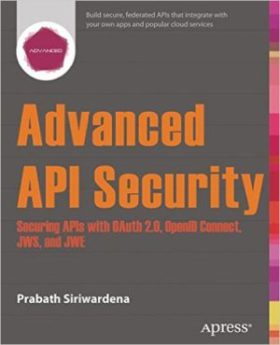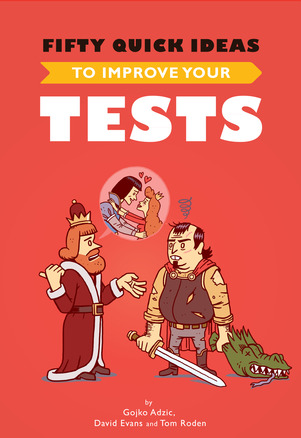I have been using Specification by Example (a.k.a BDD, ATDD) for the last couple of years. This has helped bridge the gap between technical people and business people. It has also helped ramp up new members on our team, since we have a living documentation of the system. This isn’t always easy and we’re continuously looking for ways of improving the structure of our BDD specification files. There are some questions that help us spot improvement points:
- How easy is to have an overview of what the product does?
- What are the main business areas of the product?
- How easy is to find a specification?
- How easy is to find related specifications?
- How does this feature relate to that feature?
- If you just point a new joiner to the specifications folder, will she have a decent idea of what the system does?
In this blog post I hope to give you a few tips that might help answer some of these questions. These aren’t new ideas, but I find them pretty effective. Continue Reading


